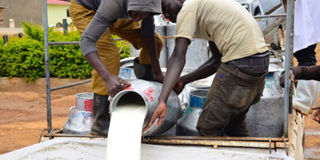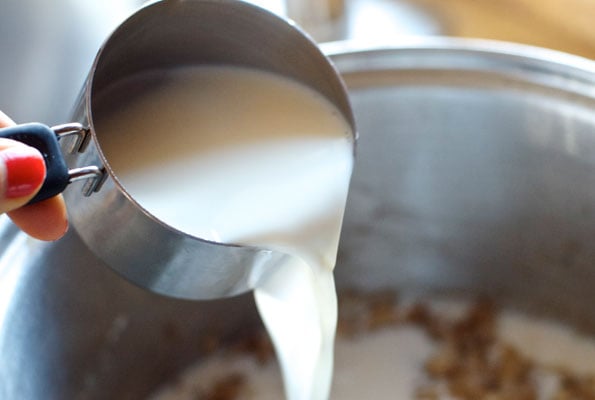Prime
Informal milk processes hurting dairy sector

Uganda has previously faced bans on its food products such as milk and fish from the EU, Kenya and Rwanda over safety concerns. PHOTO | FILE
What you need to know:
- Therefore, he added, there is need to boost internal consumption and diversify export market instead of relying on restricted markets such as Kenya.
A study by Food Agriculture Organisation (FAO) and Dairy Development Authority, has revealed that farmers continue fetching low milk prices because of informal processes.
Speaking during the launch of the report, Mr Jules Cabrel Nkuingoua Nana, the FAO policy analyst, said Ugandan dairy farmers and traders continue to receive lower prices than they should because of ineffective marketing systems, which makes 70 percent of milk traded informally.
The dairy sector, he added, also still faces low domestic milk consumption and high production costs, which are 30 percent higher than those in efficient markets yet farm gate prices have stagnated between Shs200 and Shs1, 200 a litre.
“There is a drop in international demand for Ugandan milk due to export restrictions from Kenya. Transport costs are 30 percent above those in efficient markets, the processing plants are operating below capacity and there is prevalence of informal markets and informal fees,” Mr Nkuingoua said adding that these are leading to high intermediary profit margins. Therefore, he added, there is need to boost internal consumption and diversify export market instead of relying on restricted markets such as Kenya.
ALSO READ: Zambia agrees to buy Uganda’s milk
The dairy sector also needs to address phytosanitary standards, limit the amount of milk sold through informal unregulated methods and revive school milk feeding programmes to boost domestic milk consumption.
Dr David Balikowa, a senior livestock officer at the East African Community, said the high informal milk trade results from staggered milk production occasioned by small scale farmers who cannot bulk milk. “Small scale farmers cannot bulk the milk like cooperatives, which can establish collection centres and cool the milk, look for buyers who take the milk to the processing factory.
DON'T MISS: Kenya and Uganda revive talks on milk
During the dry season milk is scarce. For farmers to be rich they should increase production and productivity during the dry season,” he said, adding that findings show that farmers do not have infrastructure to harvest rain for use during dry seasons.




